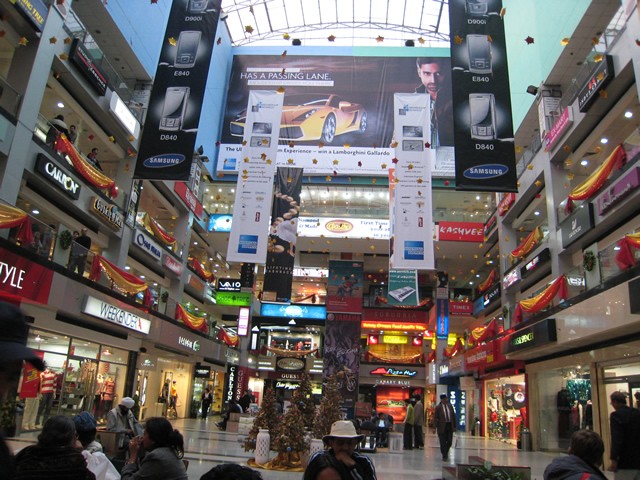India forecasts 2016/17 growth at 7.1 percent

NEW DELHI : India on Friday predicted robust economic growth in the fiscal year that ends in March, but the forecast does not fully account for disruption caused by Prime Minister Narendra Modi’s decision to abolish high-value old currency bills.
Gross domestic product (GDP) is estimated to achieve annual growth of 7.1 percent in the fiscal year 2016/17, slower than a provisional figure of 7.6 percent a year earlier. Most private economists have pared India’s growth forecast to 6.3 percent to 6.4 percent for the 2016/17 fiscal year, citing the impact of the demonetisation, which they reckon would linger for one more year.
Friday’s GDP estimate is a vital input for Finance Minister Arun Jaitley’s budget on Feb. 1. But the federal statistics office said the projection was mostly based on data available until the end of October.
Modi’s Nov. 8 decision to scrap 500-rupee and 1,000-rupee banknotes as part of a crackdown on tax dodgers and counterfeiters has left companies, farmers and households all in pain.
“I am very worried with the projected growth rate,” said Aneesh Srivastava, chief investment officer at IDBI Federal Life Insurance Co. “Take demonetisation into account, the rate will substantially drop,” he said, adding that full-year growth would be much lower than 6.8 percent.
Until last year, the government’s statisticians would wait for GDP data for the quarter through December before putting out full-year estimates. This year December quarter figures will not be available before the end of February, making the projection largely reliant on the economy’s performance in the period before demonetisation, when consumer demand was strong. The statistics office will release the data on Feb. 28, along with revised full-year growth estimates.





